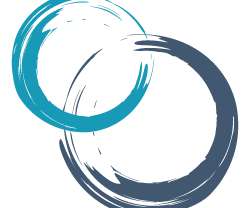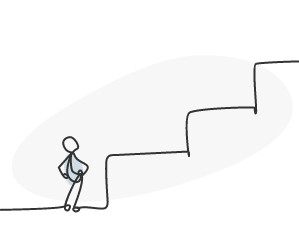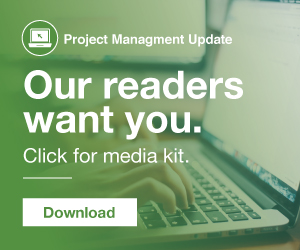4 tips that will help you with challenging conversations
Susanne Madsen
APRIL 24, 2022
How to have challenging conversations Working effectively on a project, interacting with stakeholders and leading the team to deliver the best outcomes, require hundreds if not thousands of conversations. Not all of these conversations are going to be easy or pleasant. Customer expectations need to be managed and the team needs to find its feet.














Let's personalize your content